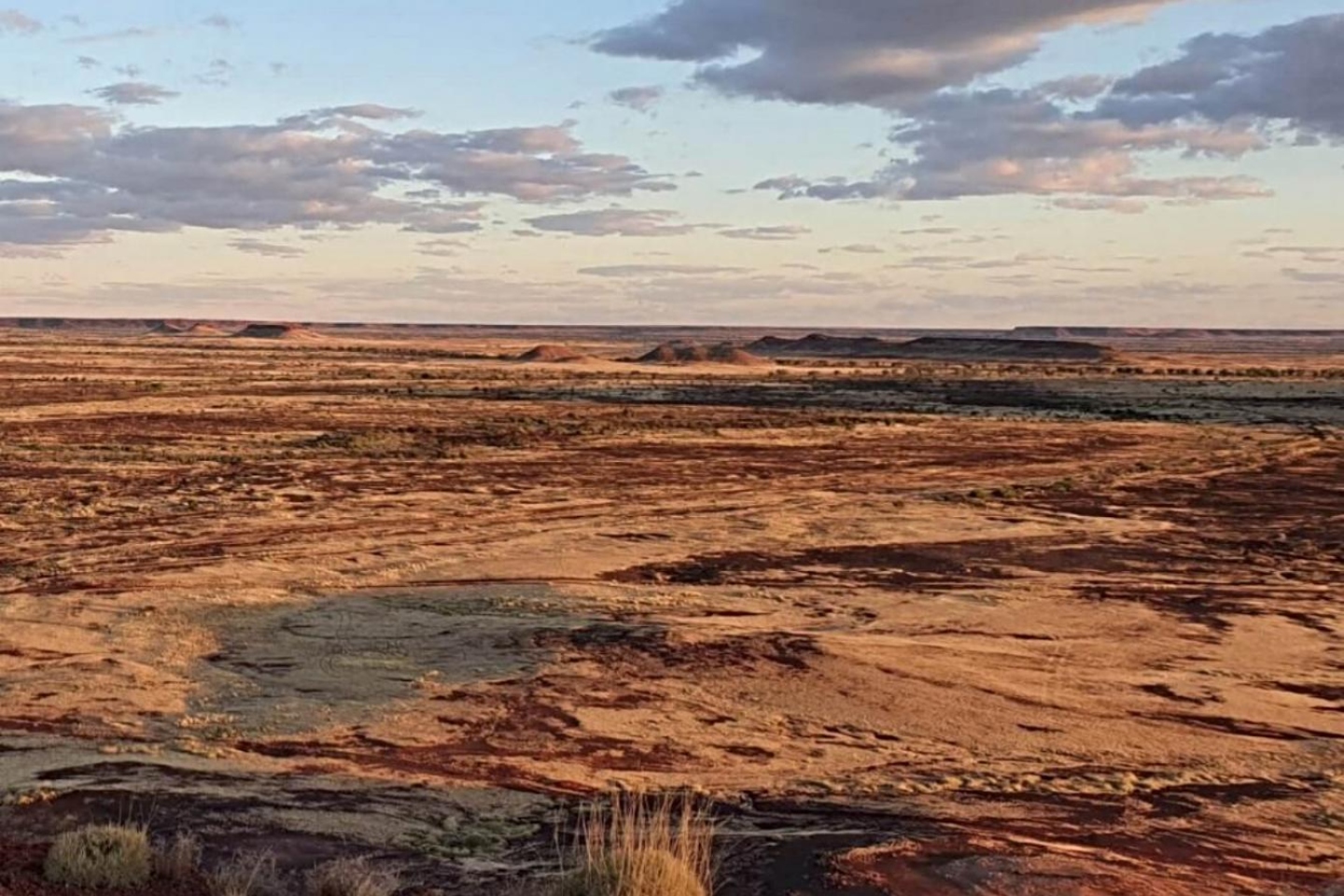Lycaon Resources has engaged a renowned geophysical expert to help make its Stansmore project that sits in Western Australia’s West Arunta region the next cab off the niobium rank to follow other nearby recent success stories. Both WA1 Resources and Encounter Resources captured the market’s attention after identifying niobium and rare earths mineralisation associated with a carbonatite intrusive in the same region.

Lycaon Resources has engaged a renowned geophysical expert to help make its Stansmore project that sits in Western Australia’s West Arunta region the next cab off the niobium rank to follow other nearby recent success stories.
The recent geophysical review, undertaken by industry expert Terry Hoschke, involved the reprocessing of magnetic data and a 3D inversion-model of the data to better prepare the company’s targeting of drillholes for its upcoming maiden program. Hoschke recently worked with Encounter Resources, which along with the neighbouring WA1 Resources, discovered high-grade niobium within its West Arunta prospects.
Lycaon’s Stansmore project contains intriguing magnetic anomalies at three of its high-priority targets – Stansmore, Volt and Ions. Its Stansmore prospect’s magnetic anomaly is modelled as a pipelike body about 500m in diameter, from a depth of 120m and dipping to the south.
The upcoming drilling will target 320m into the main section of the anomaly.
The company’s Volt and Ions prospects show two discrete anomalies across a 3km-wide zone and sit on the edge of a broad high that may represent part of an intrusive carbonatite.
Management says its project also has three promising secondary targets – Edi, Earl and Menlo – that may be prospective for a niobium-rare earths carbonatite, an iron oxide-copper-gold system or intrusion-related gold.
It added that the 3D inversion-model used the best-available public domain magnetic data from about 2010, consisting of 200m line-spacing survey data along north-south lines, with a nominal terrain clearance of 50m.
Lycaon Resources technical director Thomas Langley said: “We are extremely encouraged by the further geophysical modelling completed by industry expert Terry Hoschke, who has worked with Encounter Resources in the West Arunta region. The Stansmore magnetic anomaly has been modelled as a pipelike body 500m in diameter, not dissimilar to the other niobium discoveries in the region made by WA1 and Encounter and other significant discoveries such as the eight million-ounce Havieron gold-copper deposit and Australia’s major Ernst Henry copper-gold mine.”
The company says that a heritage clearance survey is expected shortly, which will enable it to kick off its maiden drill campaign. Drilling is expected to assess the centre peak of the different magnetic anomalies and will test for iron-oxide alteration, copper, gold, niobium and rare earths mineralisation.
There has been only limited drilling undertaken at the site to date.
BHP Minerals completed six rotary air-blast (RAB) holes in 1983, targeting a diamond discovery at the Stansmore prospect. But it only drilled to a maximum depth of 12m, so did not test the magnetic anomaly that starts at 150m.
The drilling, however, did highlight the shallow depth of cover at its ground, which can only be considered as positive. Lycaon is aiming to begin its drill program later this year.
The company was successful in securing a WA Government exploration incentive scheme (EIS) co-funding grant up to a maximum of $180,000 to assist with drilling at Stansmore. The EIS initiative was launched in 2009 in a bid to encourage exploration in the State and to trigger private sector resource exploration for new mineral and energy discoveries.
The Stansmore project extends across 173 square kilometres and sits about 90km north of WA1’s stunning Luni-P2 niobium discoveries. That company was one of the biggest sharemarket gainers during the past two years after its head-turning Luni discovery back in 2022 that led to an extraordinary share price jump of 16,471 per cent, after it surged from 14c to touch a high of $23.20 in May this year.
Both WA1 and Encounter identified niobium and rare earths mineralisation associated with a carbonatite intrusive in their respective first drill programs, signifying the prospective nature of the West Arunta region.
Lycaon will be hoping for a similar outcome with its maiden drilling program, which could propel the company on a pathway to success.
Is your ASX-listed company doing something interesting? Contact: matt.birney@businessnews.com.au














